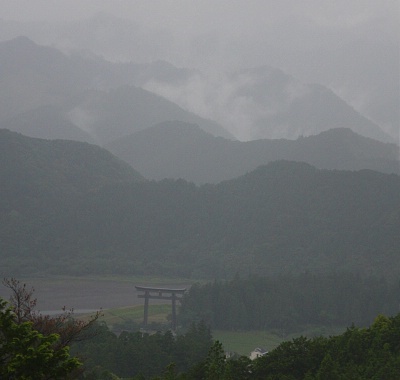| basic information |

The Kumano area is located around the southern tip of the Kii Peninsula, about 100 kilometers south of Osaka. It spans Wakayama and Mie Prefectures, though most of the attractions and religious sites are in Wakayama.
Kumano is centered around three shrines, Hongu Taisha, Nachi Taisha and Hayatama Taisha, collectively known as the Kumano Sanzan. Pilgrims have traveled to the Kumano Sanzan via walking trails, called Kumano Kodo, for over 1000 years. The shrines are even older, with mention in Japan's founding mythology.
The region is infused with religious and historical value that emanates from the three shrines. The Shinto sun goddess' great grandson, Jimmu, came to Kumano to unify the country as Japan's first Emperor. To further add to the area's sanctity, Kumano is often called "The Land of the Dead", in reference to the belief that Shinto spirits and family ancestors dwell here after they die.
Towns and cities dot the Kii coastline, combining Kumano's ancient history with day to day living. Some offer hot springs, such as Shirahama and Katsuura, while others feature coastal scenery, such as Kumano City and Kushimoto.
In 2004, Kumano's religious treasures and pilgrimage routes were designated a UNESCO World Heritage Site. Named "The Sacred Sites and Pilgrimage Routes of Kii Mountain Range", the designation also includes neighboring Koyasan, Yoshino and Ominesan.
No comments:
Post a Comment